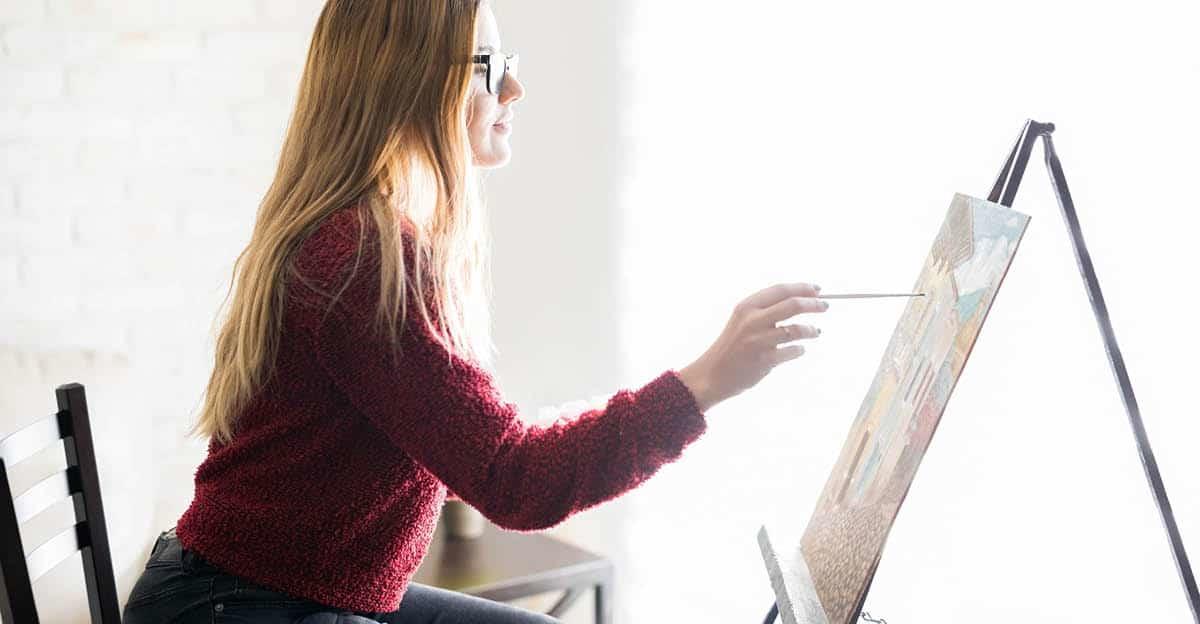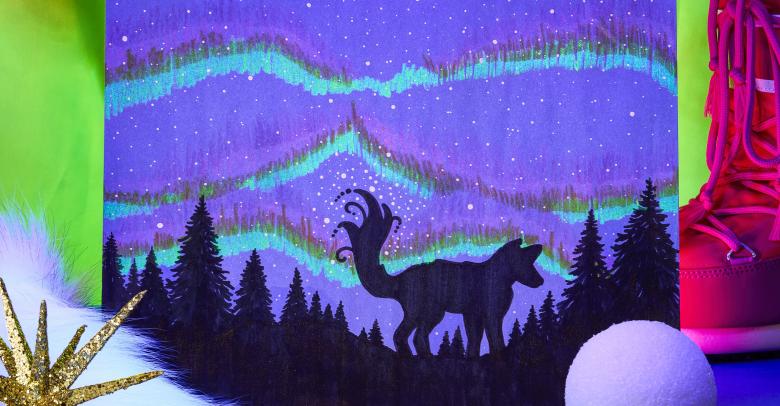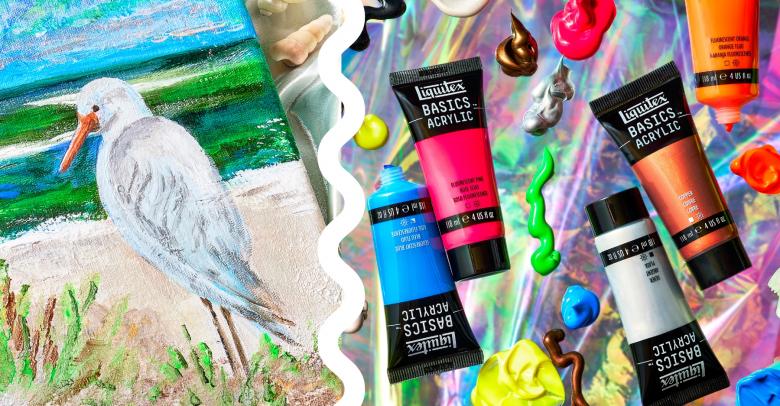When you’re ready to put pencil (or pen or paint) to something sturdier than paper, art boards are a natural choice. Keep reading for basic terminology, types of art boards and their uses.
Basic Terminology
- Caliper. Another word for board thickness, it’s derived from the tool used to take the measurement. Art boards are measured in points (a point is .01 inches) and can range in points from 10 all the way to 48. The higher the points, the thicker the board.
- Ply. A ply is a layer of paper. Several plies can be pressed together to create an art board. The more layers, the higher the ply, the thicker the board.
- A coating is sometimes applied to art boards to make them stronger, smoother, and glossier. Boards can be uncoated, coated on one side, or coated on both sides.
- Most paper contains a naturally-occurring acid called lignin. Over time, lignin can cause paper to yellow and deteriorate and even change the chemical composition of your artwork. If you’re creating a piece you’d like to last, you’ll want to use an acid-free art board, usually made from cloth or rags rather than paper pulp.
Types of Art Boards and Their Uses
Railroad Board. Used by railroad companies in the late 1800s to create double-sided signs for identification purposes, Railroad Board is an uncoated, vat-dyed board made from plies of recycled fiber. The color is dyed into the sheet, and has a brown or gray center layer. Available in 22”x28” sheets in uncoated, acid-free white and in dyed-ply colors, Railroad Board comes in 14pt. and 20 pt. (4- and 6-ply), and is a great choice for signs and posters.
Poster Board. Readily available and commonly used for poster making, mounting, classroom displays, and more, Poster Board is available in white as well as in a variety of colors. Color poster board is usually more fade resistant than Railroad Board and does not bleed when moistened. Sizes vary in size (11”x 14”, 14”x22”, 22”x28”) and calipers (12pt. and 18 pt. for colored boards and 10-11 pt., 14 pt. and 20 pt. for white).
Bristol Board. Bristol Board is an uncoated paper available in 1-ply (the thickness of a sheet of paper), 2-ply (card stock), and 3-ply (rigid board). Thought to be named for the British city where it was original produced, Bristol Board comes in both plate (smooth) and vellum (textured), finishes and can be used on both sides. Bristol Board works well with pen and ink, paint, and can even be cut and scored for 3-D works.
Display Board. Sturdy enough to stand on its own, Display Board is perfect for, well, displays! In the classroom, science fair, art show… Display Board is similar to Railroad Board but much thicker. A heavy-duty art board with color on both sides, Display Boards is available in white, black, and assorted colors. Common sizes are 22″x28″ and 28″x44″ with calipers of 30 pt. to 48 pt. vested
Foam Board. Or also called foam “core”, these thick, rigid boards are comprised of three layers: a polystyrene foam with outer facing paper on both sides to form a lightweight but strong and rigid surface. They’re great for cutting into 3-D shapes and sculptures. Typically 3/16” thick, foam board is typically available in white with a white core, black with a black core, and assorted colors with a white core. Available in various sheets sizes, the most common being 20”x30”.
Presentation Board. Also available in heavy-duty or double-wall construction, Presentation Boards are made from a corrugated or foam construction and are available in 48″x36″, 40″x28″ and 48″x48″ sizes. Often used for science fair projects and other sturdy displays, Foam Presentation Boards come in white, black and a variety of colors.
Illustration Board. More durable than poster board, Illustration Board comes in varying sizes and thicknesses and is also available in 100% rag for an acid-free, archival quality. Illustration Board is offered in hot and cold press: hot press is smooth while cold press has a bit of “tooth” or canvas-like texture.
Mat Board. Heavy like cardboard, Mat Board is used in the framing process, to provide a decorative element as well as to distance the framed work from sticking to the glass. Mat Board is available in paperboard, which is made from paper pulp with natural acid that can yellow or even damage your art; alpha mat, a paper-based mat with neutralized acidity to protect your art; and rag mat, containing acid-free face papers and core. All three versions are available in multiple colors, sizes, and weights.
Which type of art boards do you use for which kind of projects? Let us know in the comments below.






Leave a Reply